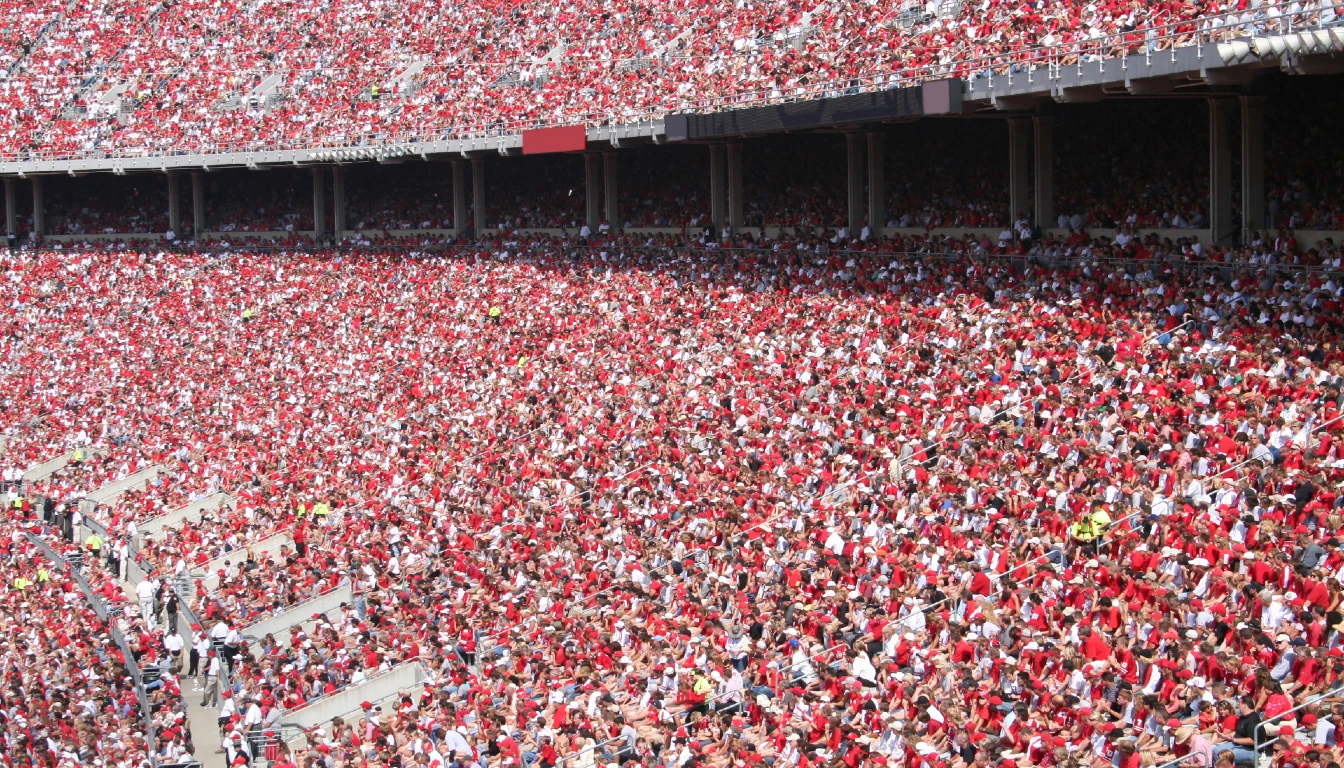OPINION by By Sarah Jacobs, Director of Green Football
By 2050, one in four professional English football clubs can expect partial or total stadium flooding every single year. That’s not a distant worry – it’s a real and growing threat to the game we love.
When it comes to sustainability in the world of sport, the massive amount of sports kits that end up in landfills every year remains one of the most overlooked issues. According to UEFA’s circular economy guidelines, 60% of club apparel across Europe is still incinerated or sent to landfill. In the UK alone, 100,000 tonnes of sportswear are discarded annually. Once that kit hits the landfill, it can take decades to decompose, releasing microplastics and methane, one of the most toxic greenhouse gases.
I believe, however, that football’s power to bring people together is the very thing that can help us to tackle this crisis. That’s why, last month, an amazing coalition of clubs, players, fans, grassroots teams and schools rallied together to take action to help tackle climate change as part of Green Football’s Great Save. If football is at risk, then so is our shared passion and our communities. That’s something millions of us will fight for.
This campaign built on the success of Green Football Weekend, which was awarded Campaign of the Year 2024 by the British Association for Sustainable Sport.
Editor’s Note: The initiative that Sarah Jacobs talks about in this article doesn’t strictly involve technology. We think it’s important, however, to remember that sometimes solutions don’t have to be novel or particularly innovative: we can also create climate impact by simply changing behaviours. In the case of football, as Sarah says: “It’s about turning our community into a climate solution.”
Now, the movement is back, amplifying our efforts and broadening our reach to help the sport and the planet thrive.
Discarded kits are already a huge problem. Their impact could grow even larger as the sportswear sector continues to expand. Global spending on sportswear accounted for 26% of the total spend on apparel in 2022, and the sector is forecasted to grow by 16.3% from 2022 to 2027 (Source: Global Data via Retail Week). This could increase the amount of kit waste significantly in the coming years.
The good news? We can absolutely do something about it.
By keeping just one shirt in use for an extra nine months – whether by reusing, repairing, selling, donating, or swapping – its carbon footprint can be reduced by up to 30% (Source: WRAP). This reduction might seem small at first, but the impact would be enormous if everyone in the football community took action.
This isn’t just about guilt-tripping fans over what’s in their drawers. It’s about turning our community into a climate solution – and making it fun while we’re at it.
Fans were able to help their team triumph in the Green Football Cup by logging their action at greenfootball.org, as well as getting the chance to win prizes like a year of Sky Sports or tickets to Wembley. Their actions had a wider impact too. By donating their sportswear, fans were also able to support local groups who might otherwise not have had the kit they needed to play football.
The responsibility to act is not, of course, all on fans. Football clubs have a huge leadership role to play when it comes to influencing change, driving sustainable business and engaging fans. During the campaign, we saw clubs launch exciting initiatives.
Sunderland ‘drowned’ their iconic coastal crest to highlight the potential impact of rising sea levels, sparking global conversation. At Rochdale, neurodiverse fans used old kits to reupholster a corporate hospitality box, turning it into a sensory-friendly space. Manchester United worked with local kids to teach members of their women’s team how to sew bags from used shirts, while Bristol City has been hosting repair workshops to give old kit new life.

Sarah Jacobs, Director of Green Football
There’s so much clubs can do, from ensuring their kit is made from recycled polyester and implementing permanent buy-back or donation schemes to putting in place sustainable kit policies and considering reducing the number of kits they produce, like Brentford and Luton have done.
Many clubs have a long way to go. But that’s exactly why Green Football matters – it’s about spotlighting what’s possible, supporting clubs who are just starting out, and building momentum across leagues and countries. We’re already active in the UK and Australia, and the campaign has inspired a campaign in Brazil and around the world – Earth FC – in the run up to this year’s COP.
“What’s the point of individual action when governments and big businesses aren’t doing enough?” It’s a fair question. But individual action isn’t where it ends. It’s where it starts. When we come together, show clubs we care, and vote with our voices and our wallets, the ripple effect is powerful.
Football has the incredible power to unite people. If we can harness that passion to protect our world, then we’ve got a shot at saving far more than just cancelled matches.
So pass it on. Sell it, donate it, fix it, rewear it. Follow us at @_greenfootball. Take action for your club, your community and the future of the game.
We can tackle climate change – together.




